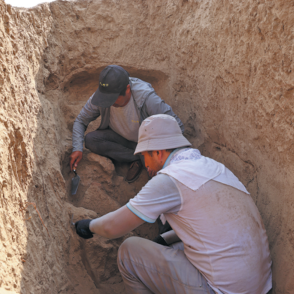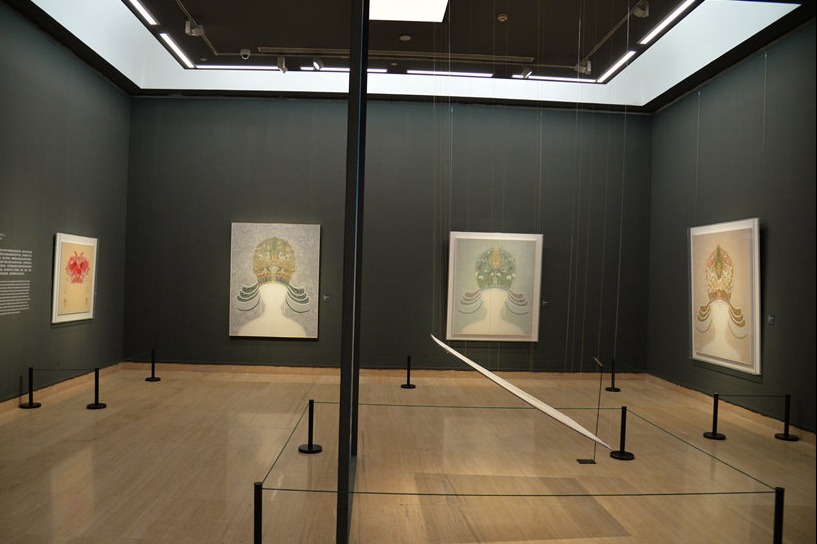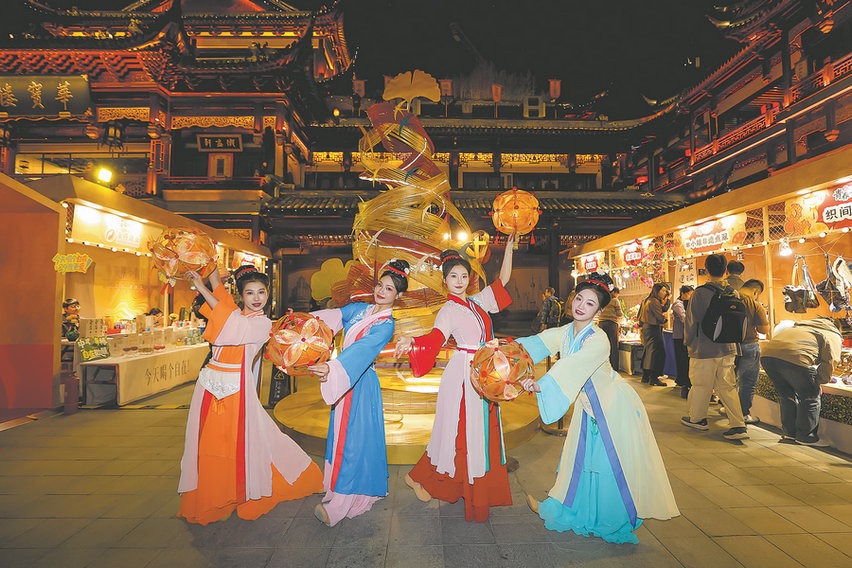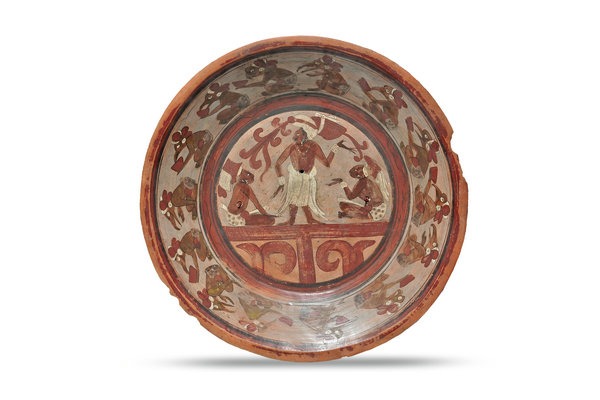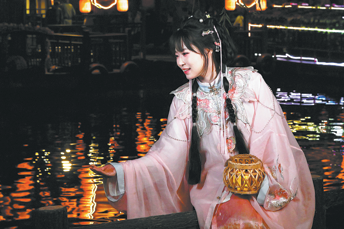Unearthing the secrets of a Central Asian crossroads
China-Uzbekistan joint excavations at ancient burial site point to the influences present in the Fergana Valley, Wang Ru reports.

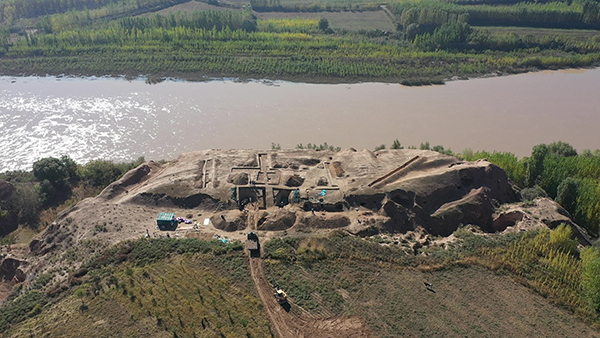
The funerary objects discovered include pottery vessels, coins, bronze mirrors, silk, and many strings of beads. Liu says the coins discovered this time are circular with a square hole, typical of ancient Chinese coins, which were also made in neighboring countries under Chinese influence.
They found one coin with traces of rope on one of the corpses' chests, suggesting that it was a pendant worn around the neck. As this was the first time archaeologists had found Chinese coins being used as jewelry in Central Asia, they were pleasantly surprised.
Archaeologists have found more than 20 fragments of silk with visible patterns. They were found stuck to human bones, and appear to be the remains of clothing. This is the second time archaeologists have found silk at the site. In 1987, Uzbekistani archaeologists also found silk, which Chinese and Uzbekistani scholars later studied, concluding it was probably produced in China.
"This time, we want to apply the most advanced measures to see if we can gain a more concrete understanding of the origin, period, and type of silk," says Liu.
Bronze mirrors without handles and with a raised mirror knob in the center of the circular plate have also been found from the site. They are often considered typically Chinese in style and are very similar to ancient Chinese mirrors, he adds.
The findings prove that different cultures met and mixed in the Fergana Valley. "Burial practices with local characteristics, artifacts with Chinese cultural elements, and the house foundation with Zoroastrian features from West Asia illustrate this cultural integration," says Liu.
Historically, the Fergana Valley was in close contact with China. Chinese records yielded clues as to the location of Dayuan, an important Hellenistic ancient state along the Silk Road that existed during the Han Dynasty (206 BC-AD 220).
"Chinese archaeologists have a natural advantage in studying this area because we have records. By combining them with archaeological findings, we can develop a better understanding of the valley," says Liu.


